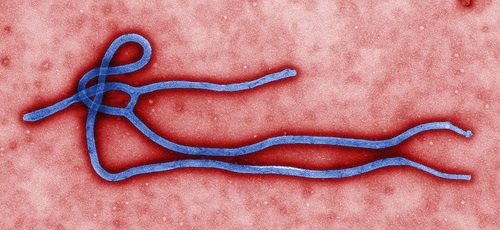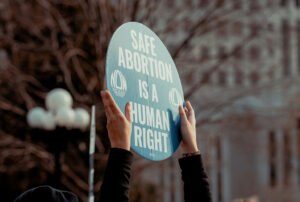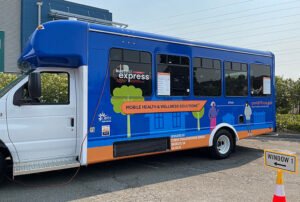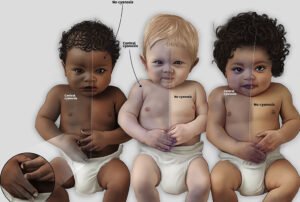
September 30, 2014; Bloomberg BusinessWeek
A traveler from Liberia is now in isolation and being treated at a nonprofit Dallas hospital as the first Ebola case to hit the United States. Although many hospitals have been privately preparing for an outbreak in the states and the CDC is calmly assuring the public that it has everything under control, that control has required a major mobilization.
Sign up for our free newsletters
Subscribe to NPQ's newsletters to have our top stories delivered directly to your inbox.
By signing up, you agree to our privacy policy and terms of use, and to receive messages from NPQ and our partners.
Bloomberg BusinessWeek reports that a team of CDC workers has headed to Dallas to help local authorities identify and monitor those who may have been exposed to the traveler, who has not yet been identified, and isolate them if they get sick. “Contact tracing is a core public health function,” says Tom Frieden, the director of the CDC, and while he assured those who were on the plane with the traveler that they were at “zero risk” since the traveler was not yet exhibiting symptoms, he also said, “We always err on the side of identifying and tracking more contacts rather than less.”
This same approach was used in Lagos, Nigeria, to contain an Ebola infection also brought by a single traveler. In that case, said Frieden, 900 people were potentially exposed to the disease by that one traveler. “Our approach in this type of case is to cast the net widely,” Frieden said, characterizing those thought to be exposed as “a handful.”
Local hospitals have been readying themselves to respond, of course, including the nonprofit Texas Health Presbyterian Hospital of Dallas where the patient is being treated.The city of Dallas has activated its Emergency Operations Center and is on “Level 2: High Readiness,” according to Dallas’s mayor, Mike Rawlings.
The mayor went on to say that the EMS crew and ambulance that transported the patient have been quarantined. “We are monitoring the situation,” Rawlings said. “We’ve spoken to the county, state, and CDC’s on the way. There’s a clear protocol laid out, and everyone’s making sure they are dotting every ‘i’ and crossing every ‘t.’”—Ruth McCambridge












